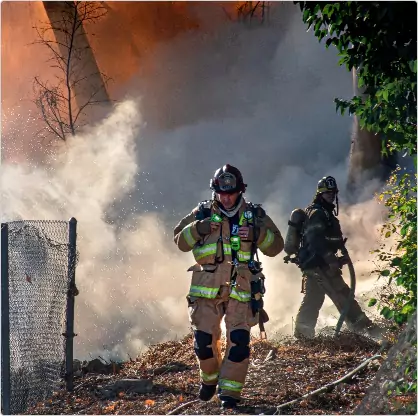There are several reasons why you might need a two-way radio:
Communication in Remote or Off-Grid Areas: Two-way radios are valuable communication tools in remote or off-grid locations where cellular coverage is limited or unavailable. They allow you to stay connected with your group or team members, ensuring effective communication for safety, coordination, and collaboration.
Group Activities and Outdoor Adventures: Whether you're camping, hiking, hunting, skiing, or participating in other group activities, two-way radios enable quick and reliable communication among participants. They can help you stay in touch, provide updates, coordinate movements, and address emergencies.
Workplace Communication: Two-way radios are commonly used in various work environments such as construction sites, warehouses, manufacturing facilities, event management, security teams, and more. They facilitate efficient and instant communication among team members, promoting productivity, safety, and coordination.
Emergency Preparedness: Two-way radios are essential tools in emergency preparedness and response. During natural disasters, power outages, or other emergency situations, when traditional communication channels may be disrupted, two-way radios can provide a reliable means of communication for coordinating rescue efforts, relaying vital information, and ensuring the safety of individuals.
Cost-Effective Communication: Unlike cellular phones that require monthly subscriptions or usage fees, two-way radios offer a more cost-effective communication solution. Once you purchase the radios, there are typically no additional costs involved apart from occasional battery replacements or accessories.
Privacy and Security: Two-way radios allow for private, encrypted communication within a closed network. This can be beneficial in scenarios where confidentiality and security are paramount, such as law enforcement, military operations, or sensitive corporate communications.
Overall, two-way radios provide a practical and reliable means of communication in various scenarios where instant, efficient, and group-oriented communication is necessary. They offer advantages over other communication devices in terms of range, durability, simplicity, and cost-effectiveness.









